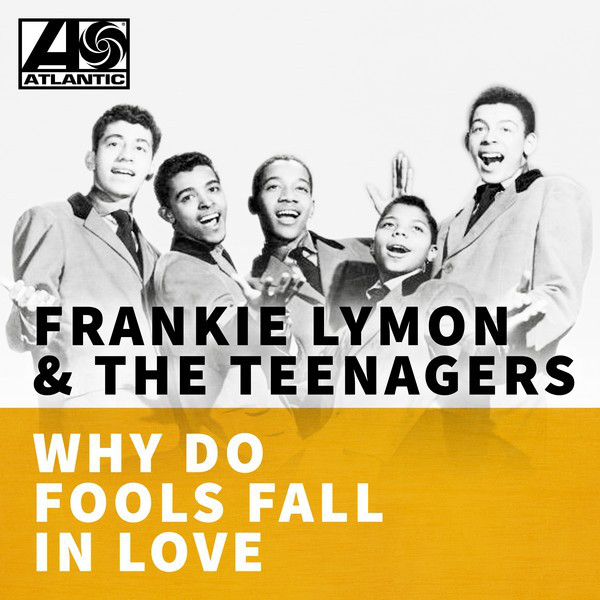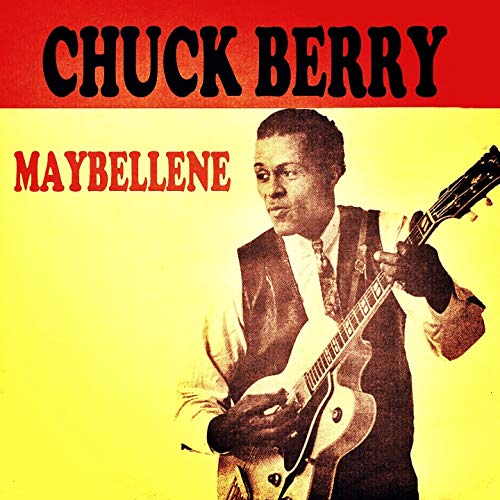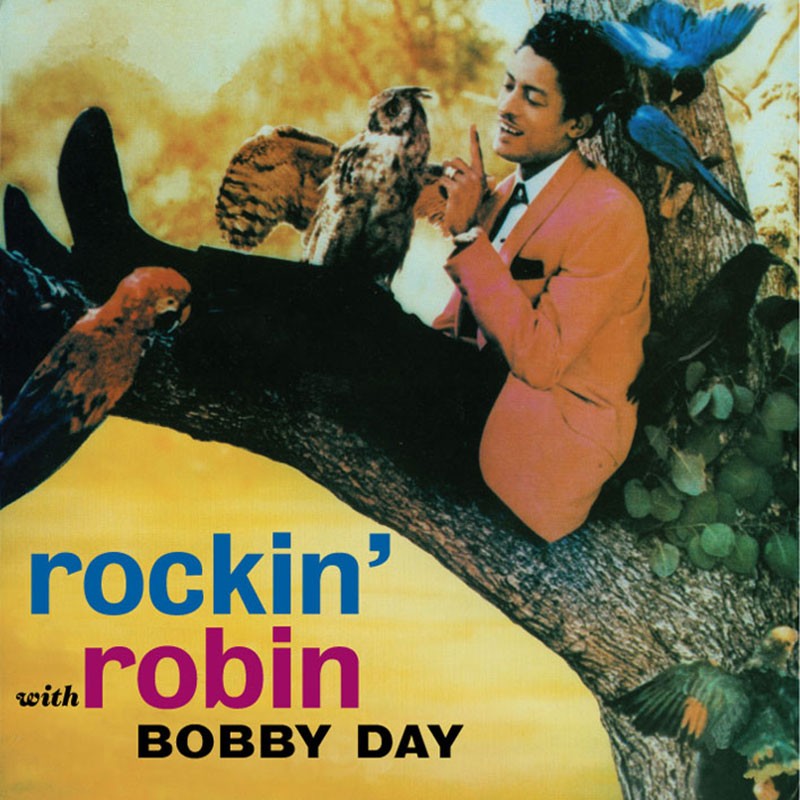 Few artists capture the joyous, sorrowful, and swinging spirit of early rock ’n’ roll like Fats Domino. With his rolling piano lines, warm baritone voice, and effortless groove, Domino helped define the sound of New Orleans rhythm and blues while bridging the gap to rock ’n’ roll. Among his vast catalog, “It’s a Shame” stands out as a testament to his ability to combine heartfelt emotion with irresistible rhythm. The song showcases Domino’s signature blend of bluesy piano, lyrical honesty, and infectious swing, marking it as a classic in both the R&B and early rock canon.
Few artists capture the joyous, sorrowful, and swinging spirit of early rock ’n’ roll like Fats Domino. With his rolling piano lines, warm baritone voice, and effortless groove, Domino helped define the sound of New Orleans rhythm and blues while bridging the gap to rock ’n’ roll. Among his vast catalog, “It’s a Shame” stands out as a testament to his ability to combine heartfelt emotion with irresistible rhythm. The song showcases Domino’s signature blend of bluesy piano, lyrical honesty, and infectious swing, marking it as a classic in both the R&B and early rock canon.
This article explores the creation, musical composition, lyrical content, historical context, reception, influence, and legacy of “It’s a Shame”, illustrating why it remains an enduring example of Fats Domino’s genius and the transformative power of early rock ’n’ roll.
Fats Domino: A Pioneer of Rhythm and Blues
Antoine “Fats” Domino Jr., born in New Orleans in 1928, emerged as one of the defining voices of post-war rhythm and blues. By the late 1940s and early 1950s, Domino’s blend of New Orleans R&B, boogie-woogie piano, and pop sensibilities propelled him into national prominence. With hits like “Ain’t That a Shame” and “Blueberry Hill”, Domino became a household name, beloved for his easy-going charm, melodic sensibility, and uncanny ability to make complex rhythms feel effortless.
“It’s a Shame” exemplifies Domino’s mastery of emotional storytelling through music. Recorded during the height of his career, the song demonstrates his signature approach: a seamless integration of piano-driven rhythm, blues-based chord progressions, and vocals that convey both vulnerability and warmth. Domino’s music resonated across racial lines, appealing to both African American and white audiences at a time when the United States was still deeply segregated.
Musical Composition: Piano, Rhythm, and Swing
At the heart of “It’s a Shame” is Fats Domino’s piano. His left hand provides a rolling, boogie-woogie bass line that underpins the song, while his right hand delivers melodic riffs and chord stabs that give the track its rhythmic bounce. This interplay between bass and treble creates a driving propulsion that is both danceable and musically sophisticated.
The song is structured around a twelve-bar blues progression, a staple of R&B and early rock ’n’ roll. Yet Domino’s arrangement elevates this traditional structure with syncopated rhythms, swinging eighth notes, and a call-and-response feel between the piano and his vocals. This layering adds texture and complexity while remaining accessible, a hallmark of Domino’s genius.
Supporting Domino’s piano, the rhythm section—bass, drums, and subtle horns—enhances the groove without overpowering the central melody. The drums, often using brushes or light snare work, maintain a gentle yet insistent swing, allowing the piano and vocals to remain the focus. The horns punctuate key moments, accentuating the emotional highs and lows of the song, while background vocals provide a soulful echo that reinforces the lyrical narrative.
One of the most notable features of “It’s a Shame” is its rhythmic fluidity. Domino’s piano rolls give the song a forward motion, creating the sensation of a river’s current carrying the listener along. This sense of momentum mirrors the song’s lyrical themes of emotional turbulence and longing, marrying musical form with narrative content in a way that feels natural and effortless.
Lyrics: Heartache, Longing, and Honest Emotion
“It’s a Shame” tells a story of disappointment and romantic frustration, themes that resonate universally and contribute to the song’s enduring appeal. Unlike more flamboyant rock ’n’ roll lyrics, Domino’s words are straightforward and heartfelt. The song opens with the line:
“It’s a shame to say goodbye
It’s a shame to see you cry”
These lines immediately establish the emotional tone: a mix of empathy, regret, and resigned acceptance. Domino’s delivery, warm yet tinged with sadness, communicates the complexities of love and loss with remarkable subtlety. The lyrics avoid melodrama, opting instead for a gentle, conversational approach that draws the listener in.
The narrative continues with reflections on misunderstandings, missed opportunities, and the emotional toll of a relationship strained by circumstances. Lines like “You said you’d never leave me alone
But here you are, on your own” capture the sense of betrayal and sorrow without turning bitter. Domino’s approach to storytelling—simple yet poignant—allows listeners to project their own experiences onto the song, fostering a deep sense of empathy and connection.
The repetition of the title phrase, “It’s a shame”, functions as both refrain and emotional anchor. It reinforces the central sentiment of regret while providing a rhythmic and melodic hook that complements the piano-driven groove. This balance between lyrical honesty and musical catchiness exemplifies Domino’s ability to merge narrative and rhythm seamlessly.
Historical and Cultural Context
Recorded in the early 1950s, “It’s a Shame” emerged during a period of transformation in American popular music. Rhythm and blues was gaining traction across racial and geographic boundaries, laying the groundwork for the rock ’n’ roll explosion. Fats Domino, along with contemporaries such as Little Richard, Chuck Berry, and Ray Charles, played a crucial role in this crossover, bringing African American musical traditions to mainstream audiences.
New Orleans, Domino’s hometown, was a hub of musical innovation, blending blues, jazz, gospel, and Caribbean rhythms. This melting pot of influences is evident in “It’s a Shame”, which combines the emotional depth of blues with the buoyant energy of early rock ’n’ roll. The song captures the optimism, resilience, and emotional complexity of post-war America, particularly in urban centers where African American music was thriving.
At the same time, Domino’s success challenged racial barriers. His music appealed to integrated audiences at a time when segregation was still deeply entrenched. Songs like “It’s a Shame” demonstrated that African American artists could create music that resonated across communities, paving the way for the broader acceptance of R&B and rock ’n’ roll in mainstream culture.
Reception and Critical Acclaim
“It’s a Shame” was met with acclaim for its musicality, emotional depth, and Domino’s signature charm. While it may not have reached the commercial heights of “Blueberry Hill” or “Ain’t That a Shame”, the song has been recognized by critics and historians as a quintessential example of Domino’s artistry.
The track highlights Domino’s ability to convey complex emotional narratives through accessible musical forms. Reviewers have noted the song’s perfect balance of rhythm and sentiment, praising the interplay between piano, vocals, and horns. Over time, “It’s a Shame” has been included in retrospectives of Domino’s greatest work, celebrated as a masterclass in combining groove, melody, and lyrical poignancy.
The song’s enduring appeal lies in its universality. Its themes of heartache, longing, and disappointment resonate across generations, while its infectious rhythm continues to make it a favorite for dancers and music enthusiasts alike.
Influence and Legacy
Fats Domino’s influence on subsequent generations of musicians is immense, and “It’s a Shame” exemplifies the qualities that inspired countless artists. His piano style, blending boogie-woogie bass lines with melodic right-hand flourishes, influenced rock ’n’ roll pioneers such as Elvis Presley, Jerry Lee Lewis, and Little Richard. The emotional honesty of his lyrics set a precedent for soul, R&B, and even early pop music, demonstrating that vulnerability could coexist with commercial appeal.
The song’s integration of rhythmic sophistication with accessible melody has been cited as a model for singer-songwriters and bands seeking to balance musical complexity with audience engagement. Its influence can be traced in the work of artists ranging from Ray Charles and Dr. John to contemporary R&B musicians who draw inspiration from Domino’s emotive style and rhythmic inventiveness.
Moreover, “It’s a Shame” serves as a historical touchstone for the evolution of American popular music. It illustrates the transition from blues and R&B into rock ’n’ roll, highlighting the ways in which African American musical traditions shaped mainstream culture. Domino’s contributions, embodied in songs like “It’s a Shame”, remain foundational to the development of rock, soul, and popular music worldwide.
Live Performances and Musical Interpretation
Fats Domino’s live performances of “It’s a Shame” often emphasized the song’s rhythmic drive and emotional resonance. Domino’s piano playing, combined with his warm vocals and engaging stage presence, brought the song to life, allowing audiences to feel both the swing of the music and the depth of its sentiment.
Live renditions frequently featured subtle improvisations, with Domino extending piano fills, interacting with the rhythm section, and encouraging audience participation. This dynamic approach showcased the adaptability of the song, demonstrating its capacity to connect with listeners in both recorded and live contexts. The performance history of “It’s a Shame” highlights Domino’s ability to merge musical precision with spontaneous expression, a key aspect of his enduring appeal.
Themes and Interpretations
At its core, “It’s a Shame” explores universal human emotions: disappointment, longing, and the bittersweet nature of love. The song’s narrative is straightforward yet deeply relatable, portraying a personal experience that resonates across cultural and temporal boundaries. Domino’s delivery imbues the lyrics with authenticity, ensuring that listeners feel the weight of the emotion without descending into melodrama.
The interplay between rhythm and emotion is another key theme. The song’s rolling piano lines and swinging groove create a sense of motion and resilience, reflecting the way individuals navigate the challenges of love and loss. In this sense, “It’s a Shame” is both a lament and a celebration—a recognition of life’s difficulties paired with the joy of music and rhythm.
Additionally, the song serves as a testament to the power of African American musical traditions in shaping popular culture. Its blend of blues, R&B, and early rock ’n’ roll exemplifies the ways in which these genres communicate complex emotion and social experience, influencing generations of musicians and listeners.
Conclusion: The Timeless Appeal of It’s a Shame
“It’s a Shame” is more than a song; it is a testament to Fats Domino’s artistry, musical innovation, and emotional intelligence. Its combination of rolling piano rhythms, heartfelt vocals, and lyrical honesty exemplifies the qualities that made Domino a pioneer of rhythm and blues and rock ’n’ roll.
The song’s narrative of heartache, longing, and resilience resonates universally, while its musical structure demonstrates Domino’s skill at merging complexity with accessibility. Its influence on subsequent artists, its role in bridging blues and rock ’n’ roll, and its enduring presence in popular culture underscore its significance in the history of American music.
Ultimately, “It’s a Shame” captures the essence of Fats Domino: a musician capable of conveying profound emotion through the simplest of gestures, a storyteller who blends rhythm, melody, and heart to create music that endures. It remains a timeless piece of the musical canon, reminding listeners of the power of honesty, swing, and soul in shaping songs that resonate across generations.


